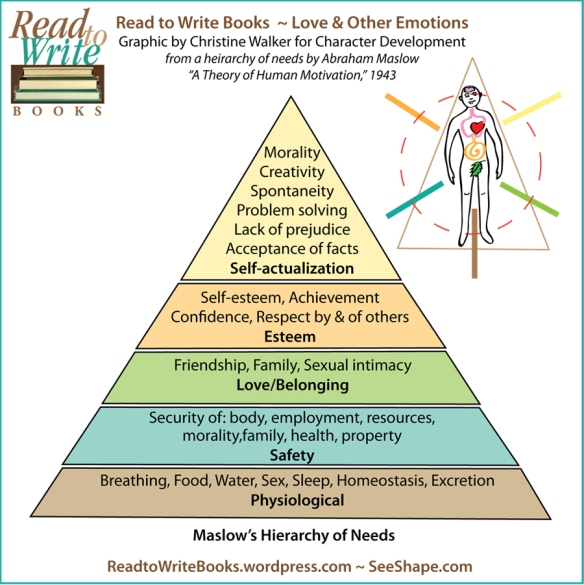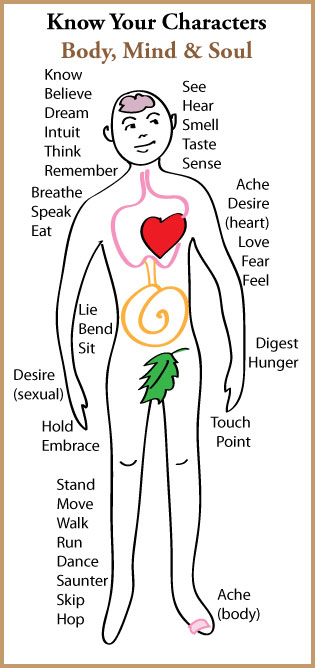The first sentence of a well-written novel gives clues to its theme and structure. Some great novels begin with a sweeping view of past events or future possibilities, but without significant details in the first sentence.
“In my younger and more vulnerable years my father gave me some advice I’ve been turning over in my mind ever since.” (F. Scott Fitzgerald, The Great Gatsby); or “It is a truth universally acknowledged, that a single man in possession of a good fortune must be in want of a wife.” (Jane Austen, Pride and Prejudice).
Neither of these sentences give details of characters, even whether the protagonist will be male or female, or of setting. Both of these novels, of course, incorporate significant details in the writing as they progress, and they both contain vivid characters and setting. Because so many great novels contain similar sweeping views toward the past or future, we might think we need to write our opening sentences to show the scope of our ambitions. But there are exceptions.
Anne Enright’s The Green Road begins with two small details of events and an indication that time has passed between these two moments. In this first sentence, two characters are introduced and the setting of the kitchen—the home—which also has a role as character.
“Later, after Hanna made some cheese on toast, her mother came into the kitchen and filled a hot water bottle from the big kettle on the range.”
Being an admirer of well-crafted first sentences, I puzzled at this one. I read it several times. Why begin with “later”? It seemed confusing. Why mention two mundane acts? Neither captured my imagination. I liked Enright’s previous prize-winning novel The Gathering very much, and like its predecessor, The Green Road also won the Man Booker Prize, among others. I trust this writer. I know that details matter to her. So I read on, paying close attention.
Cheese on toast is a simple, common food. Filling the hot water bottle from the kettle is a simple act of comfort and self-care. I already know a lot about these characters, this domestic story. “Later” indicates that time will be an element and that this writer is in control of it.
‘Go on up to your uncle’s for me, will you?’ she said. ‘Get me some Solpadeine.’
‘You think?’
‘My head’s fog,’ she said.
So begins a novel that is all about the small moments of life, about paying attention or not paying attention to these moments, about retaining them in the memory and the heart, and about the time that passes between them and sequences them into a lifetime of moments well lived or not. The story is about what happens over the decades in the lives of the mother (Rosaleen Madigan) and her children Hanna, Emmet, Dan, and Constance. In this post, I want to explore how and where the theme of paying attention to small moments manifests in Enright’s vivid writing.
Lesson: Loop time and use metaphor to mimic consciousness.
The first chapter, which begins on page 3, (Norton 2016 paperback edition) ends on page 35 with Roseleen again asking Hanna ‘Go on up to your uncle’s for me, will you?’ and declaring ‘My head’s a fog.’ In those 32 pages, we travel out of the Madigan’s house and over the humpy bridge into town, out and back again. Through observing select moments that Enright presents, we learn a bit about youngest daughter Hanna and see all four Madigan children in their roles in the family, see indications of the best and worst of Rosaleen—her ‘horizontal solution’ for dealing with things, her giving and withholding of love. We see the father (Pat). We meet the uncle (Bart) and other relatives. We observe some family dynamics between Rosaleen’s Considine relatives and her husband’s Madigan relatives.
With these moments, Enright starts us abruptly in a moment in the past and draws us years forward to where the Green Road may lead. “My head’s a fog” begins and ends the chapter. Readers have come full circle, as most of us often do in our own musings of the past. We’ve begun the story understanding that Rosaleen’s mind isn’t sharp. There are gaps in Rosaleen’s thinking, in her memory. Near the end of the novel, Rosaleen is wandering in the night and lost. We are in her consciousness:…there were gaps between things, and this frightened her. This is where Rosaleen was now. She had fallen into the gap.
This is how we think, how we remember. We compress time and incident, we stack memories and loop them back on themselves, gathering up as we go random incidents that happened after the earlier memory but now inform that memory through other memories. In her first chapter, Enright has prepared the reader for traveling forward and backward in time, naturally as we do in memory and consciousness, a device she’ll use throughout the book.
Lesson: Show a moment in time to detail characters, emotions and motivations
The sweep of characters is shown, not told, through an omniscient and close-third chronicling of moments of conflicted love and attention.
Rather than tell readers that Hanna has internalized her mother’s inconsistent demonstration of love, Enright shows Hanna moving from lack of attention to what her mother said, thus being not worried, to being concerned about her mother’s health. Rather than say that Rosaleen’s relatives are annoyed because they feel Rosaleen married beneath her, Enright shows Uncle Bart’s [Rosaleen’s brother’s] irritation. Hanna is at the pharmacy on the errand to pick up medication for her mother. ‘What does she want?’ [Bart said.] ‘Em. I can’t remember,’ said Hanna. ‘Her chest.’ Hanna gets the Solpadeine but lingers at the perfume counter, “Do you think Mammy’s all right?” Her uncle replies, ‘Oh for God’s sake. What?”
Rather than tell readers that Hanna’ oldest brother Dan feels a loyalty to his mother, whom he has hurt, and rather than tell us that Hanna feels conflicted by a loyalty to her mother and to Dan, Enright shows us a moment on one Sunday before Easter, shortly after Dan announces he is going to become a priest. Rosaleen has gone upstairs to her room and is not coming down. Dan hangs around, rather than going back to college. Hanna carries food up to his room. Sometimes he only took a bit of the food and Hanna finished it as she took it back to the kitchen, and the stale edge to the bread made her even more fond of her brother, in his confinement.
Rather than tell readers that Dan doesn’t fit into this family, Enright shows us a moment between Dan and Hanna on one Christmas when Dan is back home. Dan passed Hanna in the hall and he took her to him, saying, ‘Save me, Hanna. Save me from these ghastly people.’ He folded her in his arms.
Rather than tell readers that eldest daughter Constance will bear the burden of guilt for Rosaleen and stay close to home to continue trying to prove her love, Enright shows the family dinner table one night. Her mother juddering and sputtering, with the carrots falling from her mouth in little lumps and piles. ‘Oh, Mammy,’ said Constance, leaning in, with her arm around her, to slip the plate neatly away.
Lesson: Prepare the readers for what you want them to notice.
Writers notice details. Through our writing, we pay attention to what we notice and want our readers to notice. By showing and telling, we decide what matters and what is important to our stories. The masterful handling of significant details can make good fiction more vivid and memorable. You can guide your readers into the story by starting with the sweeping view or starting with small, but meaningful, details. Enright could have begun with a view of the green road, which is an important element in the story. She could have given us a bird’s-eye view of the road curing through the landscape and shown the houses, the village, the cliffs. She could have begun high on the road, overlooking the sea, and brought us swooping down into the Madigan’s home, into their kitchen, to the boiling kettle. A cinematic beginning. But this book doesn’t have a cinematic feel. It feels close to the body, held within the family, within traditions even as characters strain against them. When Dan and Emmet venture far beyond Ireland, their conflicted emotions of family, of Rosaleen, her neediness—her inability to give unconditional love or to graciously accept the love they give—tethers them to her and to their home.
In the end, Rosaleen says, “I have paid too little attention. I think that’s the problem. I should have paid more attention to things.” But readers have paid attention. Enright has made sure that we noticed all those things that Rosaleen missed.



